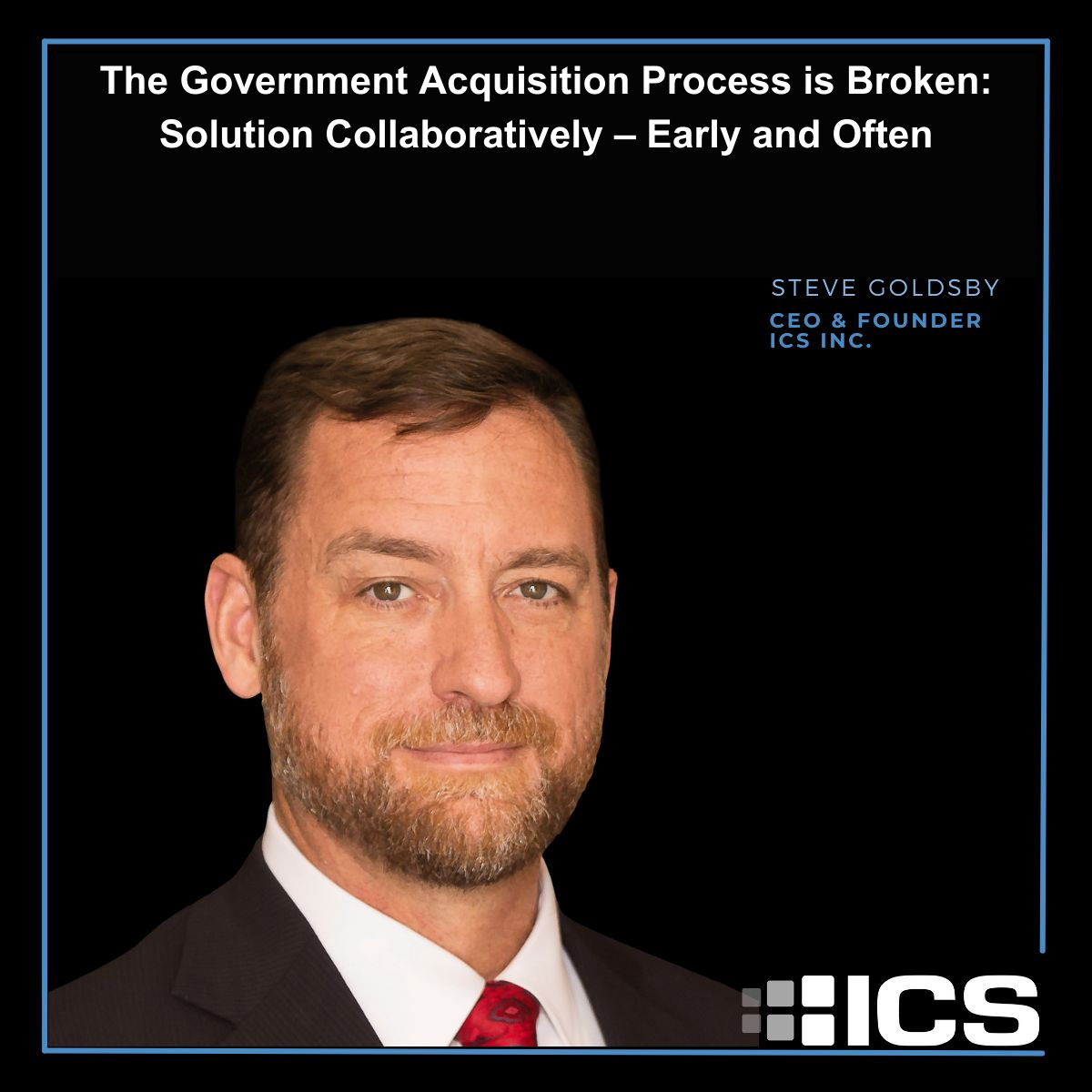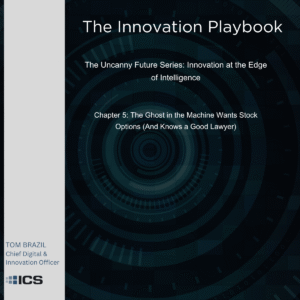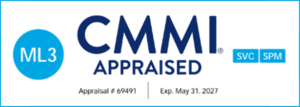The Value of Early Solutioning
** This post is part of our series on how we can improve government/industry engagement to deliver better mission outcomes. In case you missed it, see our initial post!
Engaging with industry partners well before finalizing requirements and releasing the RFP provides significant advantages to government agencies. Early and open dialogue allows vendors to better understand the mission objectives, operational environments, and desired outcomes. This enables contractors to provide invaluable perspectives on how requirements could be shaped to achieve agency goals through the latest innovations. Consider these benefits:
· Access to industry expertise and thought leadership to help refine technical requirements aligned with true mission needs
· Input on where commercial technologies and approaches could enhance or replace custom-built government solutions
· Feedback on which requirements are unclear or unattainable given current market capabilities
· Identification of requirements that seem “over-engineered” and could be simplified without losing operational value
· Assistance in conducting market research and capability assessments across the vendor community
· Insights on how to balance performance with cost-effectiveness for sustainable solutions
Taking advantage of industry’s intimate understanding of emerging technologies and implementations allows agencies to make smarter decisions on technical specifications early. This upstream collaboration sets up more successful downstream acquisition results, with proposals tightly focused on delivering mission outcomes.
Early engagement creates a partnership between government and industry in shaping impactful requirements. This benefits the agency through enhanced competition, innovation, and contractor performance.







